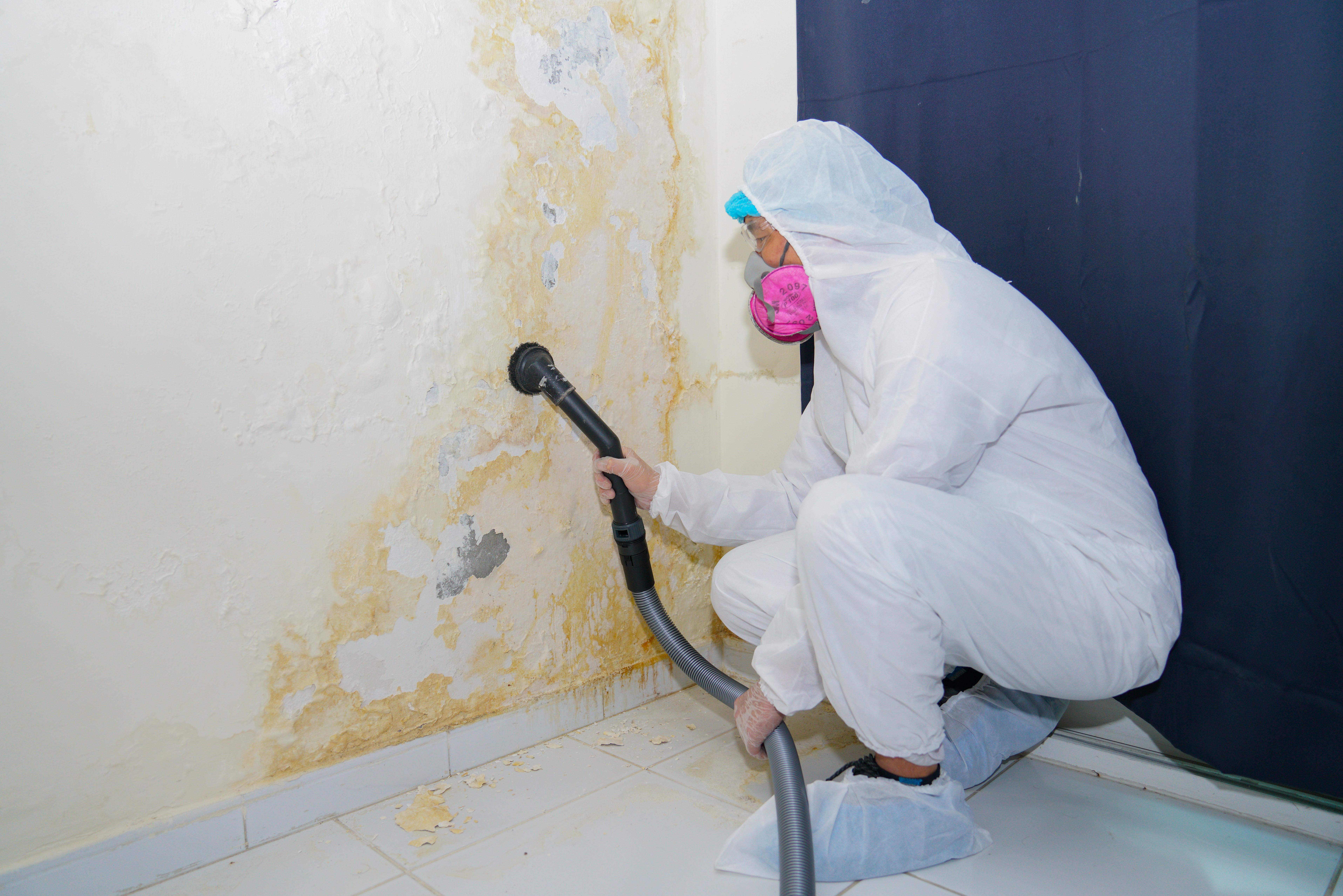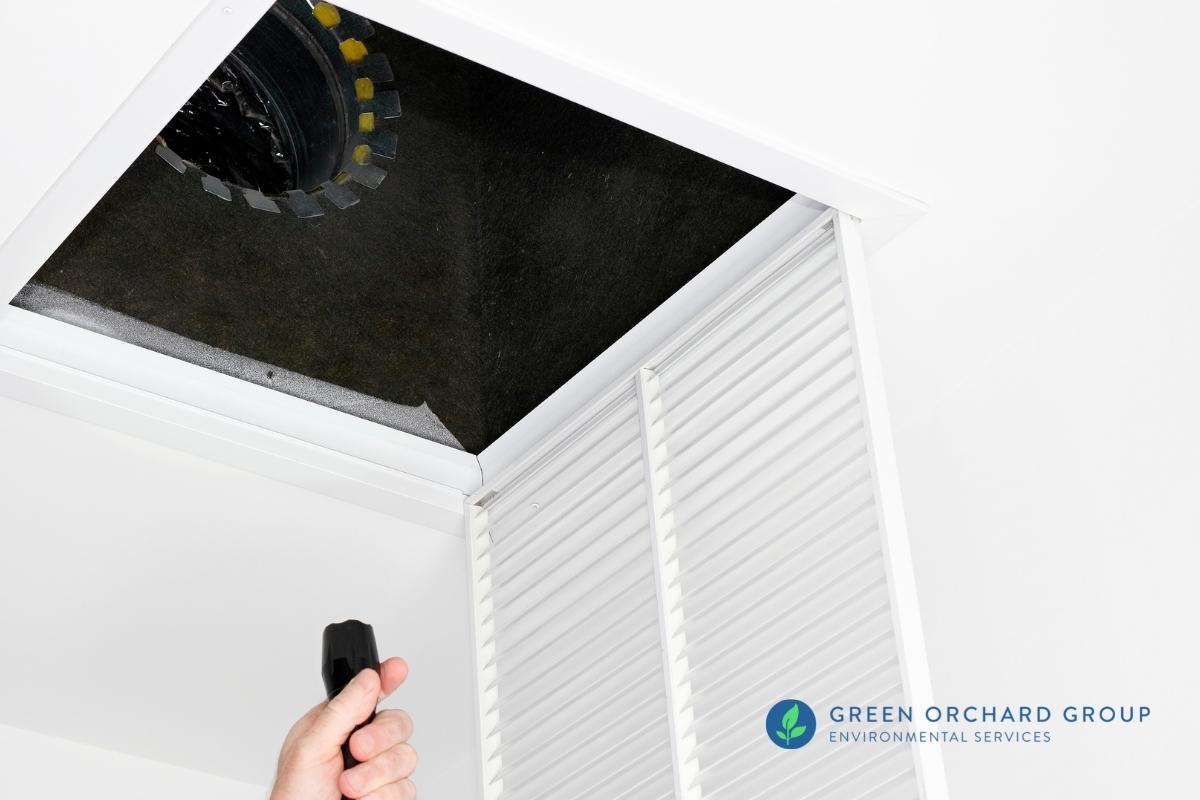Crafting a Thorough Post Mold Remediation Report
Crafting a Thorough Post Mold Remediation Report
Blog Article
Secret Tips for Effective Post Mold Remediation
Addressing mold and mildew concerns in a timely and reliable fashion is crucial for preserving a healthy indoor setting. Successfully finishing mold and mildew remediation is a multifaceted procedure that requires interest to detail and adherence to particular protocols. From checking dealt with areas to executing dampness control steps, each action plays a critical role in making sure the efficiency of the remediation process. Nonetheless, there are essential post-remediation steps that are equally important however often neglected. These actions not just validate the success of the removal efforts yet additionally add to preventing future mold and mildew growth.
Assessment of Treated Areas
Upon conclusion of the mold and mildew removal process, a complete examination of the dealt with locations is imperative to guarantee the performance of the remediation efforts. This assessment offers as an important action in the post-remediation phase to confirm that the mold and mildew removal and cleanup procedures were effective in eliminating the mold invasion and recovering a safe interior environment. The evaluation needs to be conducted by qualified professionals who have the knowledge to assess the remediated locations meticulously.
Throughout the inspection, numerous aspects are assessed to establish the success of the remediation process. These include aesthetic evaluations to inspect for any type of signs of mold and mildew development or water damages, wetness degrees to confirm that the location is dry and complimentary of excess humidity that could promote mold re-growth, and air top quality screening to make sure that the indoor air is safe to breathe. In addition, the evaluation may entail utilizing specialized devices such as dampness meters and thermal imaging cameras to identify concealed mold and mildew or moisture pockets that can bring about future mold and mildew troubles if left unattended. Generally, a detailed evaluation of the dealt with locations is essential to verify the effectiveness of the mold and mildew remediation initiatives and offer peace of mind to the occupants of the building.

Moisture Control Procedures
Effective wetness control procedures are essential for avoiding mold and mildew growth and preserving a healthy interior environment. To accomplish this, it is essential to attend to sources of dampness within the building. Proper air flow is vital to controlling humidity degrees. Installing exhaust fans in bathrooms and kitchen areas can aid remove excess moisture. Additionally, making use of dehumidifiers in damp locations can help reduce humidity degrees, making it harder for mold and mildew to flourish.
Frequently keeping the building and evaluating's exterior can likewise prevent wetness invasion. Post Mold Remediation. Making sure that seamless gutters are clear, downspouts straight water far from the structure, and the roof is in excellent condition can help avoid water from permeating into the building. Correctly sealing windows and doors can also help keep wetness out
In situations where water damages happens, timely action is necessary. Any type of leaks or spills must be cleaned up and Clicking Here dried out within 24-48 hours to stop mold growth. Utilizing dampness meters can aid detect surprise resources of water and make certain thorough drying. By executing these moisture control actions, the threat of mold and mildew repeating can be dramatically minimized, creating a healthier interior atmosphere.
Appropriate Ventilation Assessment
An indispensable element of guaranteeing a healthy and balanced indoor environment blog post click over here now mold remediation is performing a complete evaluation of the air flow system. Appropriate air flow analysis plays a critical function in avoiding future mold and mildew development and preserving air top quality within the afflicted room.
Furthermore, assessing the air flow system includes checking out the distribution of air throughout the location to identify any kind of areas of bad circulation where wetness and pollutants could gather. Appropriate air flow not only assists in managing moisture levels however additionally aids in eliminating airborne mold spores and various other contaminants, thereby boosting general interior air quality. By attending to any ventilation problems post mold and mildew remediation, homeowner can produce a much healthier and much more comfy setting for residents while reducing the danger of mold and mildew re-infestation.
Cleansing and Disinfection Protocols
To make sure thorough mold remediation, careful adherence to specific cleaning and sanitation protocols is imperative. Cleaning up and sanitation procedures play a vital role in the post-mold remediation stage to stop the recurrence of mold growth and make certain a safe and healthy environment. The primary step in this procedure is the elimination of any visible mold growth making use of appropriate cleaner and methods. It is important to utilize EPA-approved fungicides and anti-bacterials to successfully get rid of mold spores and avoid their regrowth.
Furthermore, implementing precautionary actions such as applying mold and mildew preventions and maintaining appropriate air flow can aid minimize the danger of future mold and mildew problems. By adhering to strict cleaning and sanitation methods, building owners can guarantee the effective obliteration of mold and mildew and create a healthy interior setting for occupants.
Tracking and Maintenance Strategy
Implementing a regular surveillance and upkeep strategy is crucial for ensuring the lasting performance of mold and mildew remediation efforts. As soon as mold removal is finished, it is vital to establish a pop over here monitoring schedule to review the success of the removal process.
Furthermore, developing a maintenance strategy is key to stopping future mold problems. Normal maintenance not only aids in preventing mold however additionally contributes to preserving a healthy and balanced indoor atmosphere - Post remediation mold testing near me.
Conclusion
Finally, successful message mold remediation includes thorough inspection of dealt with locations, application of wetness control procedures, assessment of proper air flow, adherence to cleansing and disinfection protocols, and establishment of a monitoring and maintenance strategy. These crucial actions are necessary to make sure that mold development is successfully gotten rid of and stopped from repeating in the future. By complying with these guidelines, building proprietors can maintain a healthy and balanced and secure atmosphere for residents.
Upon conclusion of the mold and mildew remediation process, a comprehensive examination of the dealt with areas is necessary to make sure the efficiency of the remediation efforts. These consist of visual assessments to inspect for any kind of signs of mold development or water damage, moisture levels to verify that the location is dry and free of excess moisture that might promote mold re-growth, and air quality testing to make sure that the interior air is safe to take a breath. Furthermore, the evaluation may involve using specialized devices such as moisture meters and thermal imaging electronic cameras to detect covert mold or moisture pockets that can lead to future mold and mildew problems if left untreated. By resolving any air flow problems post mold remediation, home owners can produce a healthier and more comfortable environment for residents while minimizing the threat of mold and mildew re-infestation.

Report this page